Flower Meanings
Sunflower
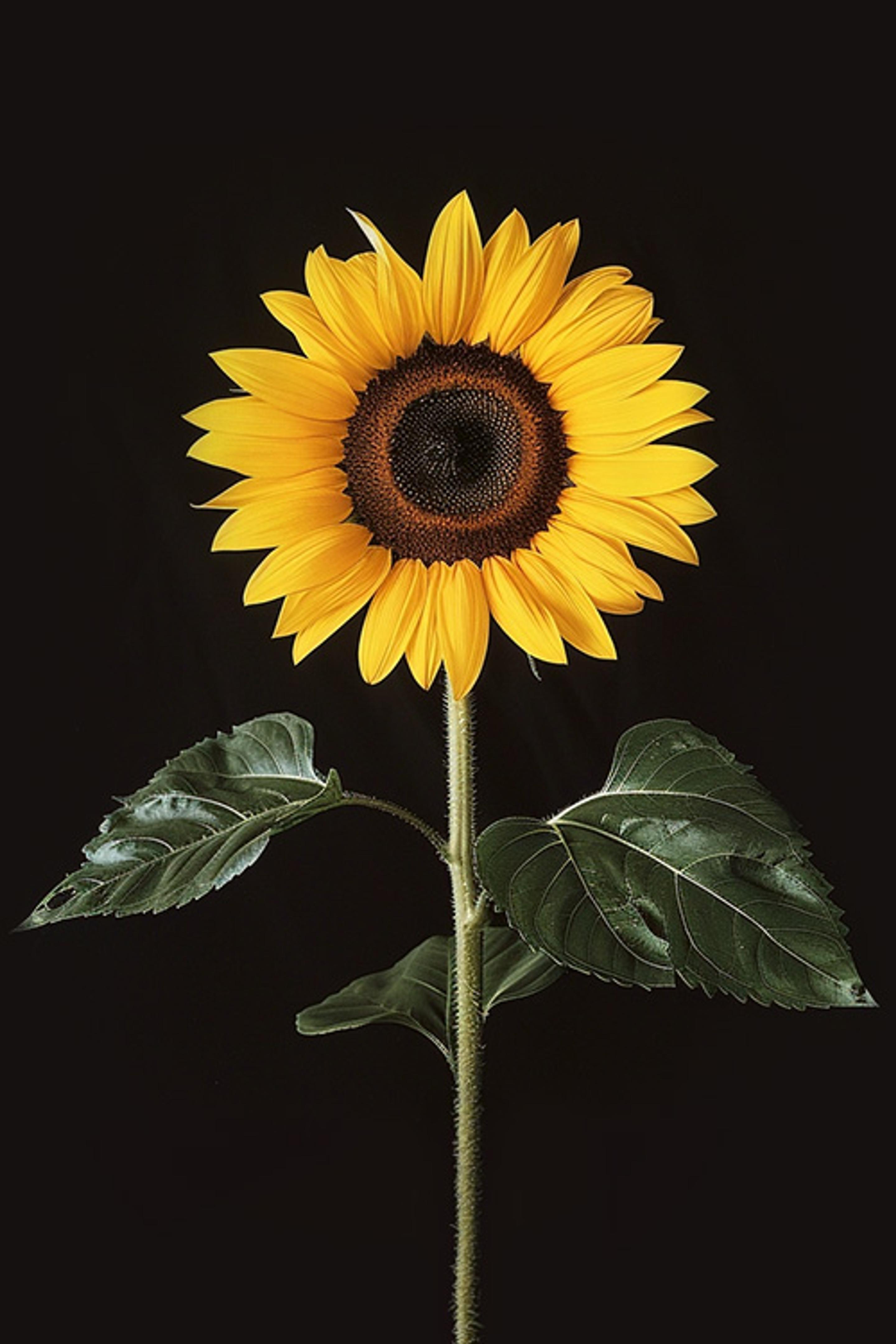

The Meaning of the Sunflower
Sunflowers are “plain, honest, and upright.,” says 19th-century clergyman and abolitionist Henry Ward Beecher. [1] No, no, with their giant blooms, they represent the “gaudy” [2] gold crown of fame, says his contemporary, the poet Oliver Wendell Holmes Sr.
Who knew the humble, if humongous, sunflower inspired such differences of opinion?
While those two duke it out, we’ll stick with the interpretation of Madame Charlotte de Latour’s 1858 La Langage des Fleurs. She tells us—and most flower dictionaries agree—that sunflowers represent constancy. No surprise there. Helianthus comes from the Greek helios [3] and refers to the fact that young sunflowers turn their heads from east to west, always focusing on the sun as it crosses the sky.
Okay, but what does constancy mean when it comes to the language of flowers? It’s not exactly a word you see on clever birthday cards or romantic Valentines these days.
Constancy is the friend who brings chicken soup every day when you’re not feeling well or the reliable gym buddy who helps you stick to a workout plan. It’s the partner who listens to us decompress after a stressful workday—every day.
Get the idea? If we’re lucky, we can think of at least one person whose constancy we can count on. A sunflower bouquet is a perfect expression of gratitude.
Sunflowers also represent a devotion to God and loyalty to a cause. Their religious symbolism made them a popular motif for Dutch painters in the 1600s.
Ironically, they were a symbol of the 19th-century Aesthetic Movement that championed “art for art’s sake”—even though sunflowers are some of the most useful and edible flowers out there.
They’re so abundant at farmers’ markets in late summer that they’ve become a symbol of harvests and the coming of autumn, a beautiful but bittersweet reminder that the days are growing shorter.
Want to cheer up a friend who is having a cruddy day? Try a bouquet of sunflowers. After all, they always look on the bright side of life.
What Do Sunflowers Smell Like?
Sunflowers are unscented (unless you count the smell of the great outdoors!).
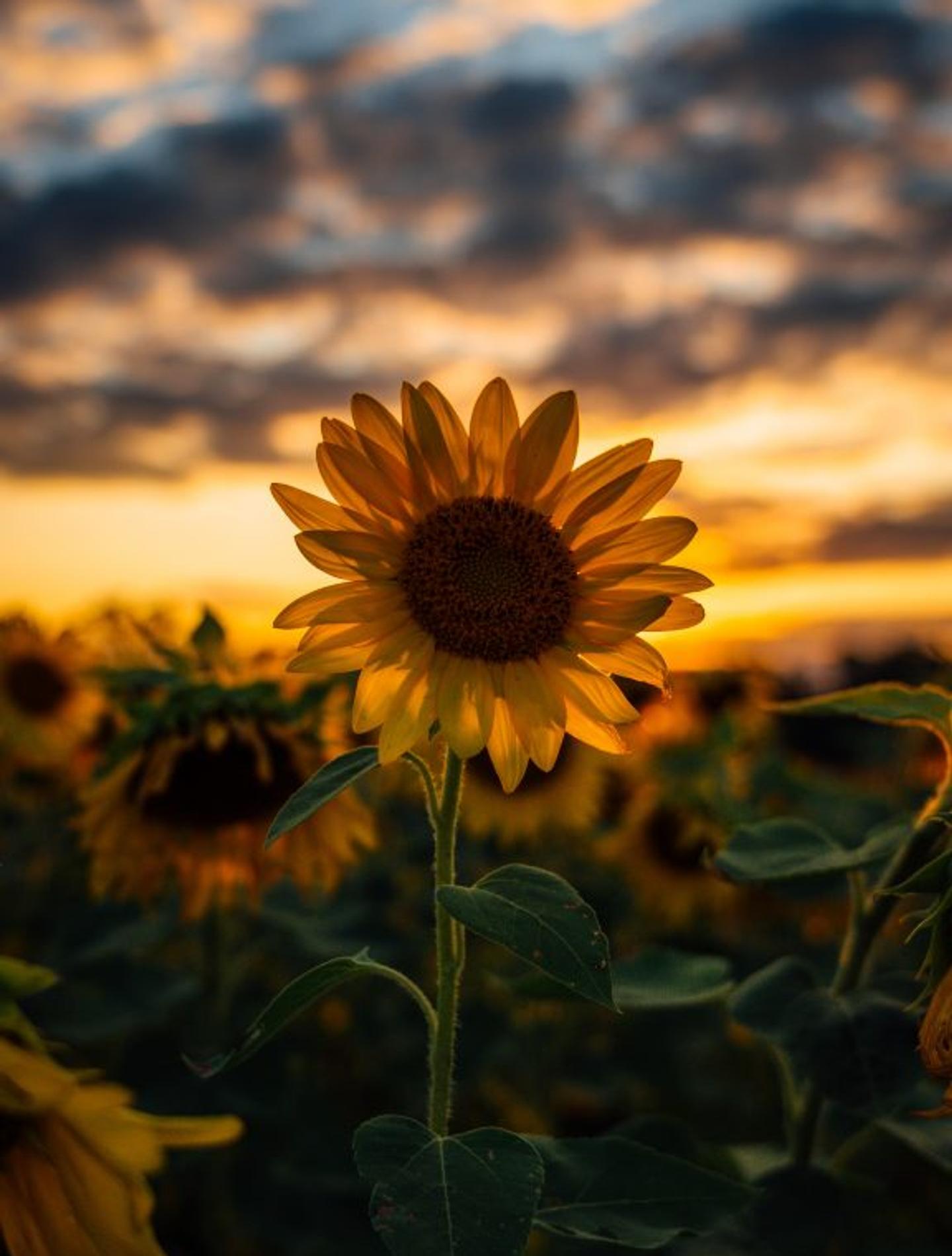
"My grandmother, despite her twelve children (or perhaps because of them), smiles from right to left, like a giant sunflower."
Jaime Manrique
The History of the Sunflower
Native Americans cultivated sunflowers for centuries before Europeans arrived on the continent. The Inca used the sunflower as a motif on many of the gold artifacts at their most important temple, Coricancha, dedicated to the sun god Inti.
Spanish conquistadors destroyed the temple, took the artifacts, and, in their greed, even held a grudge against the Inca’s vast fields of sunflowers because they, as it turned out, were not made of actual gold. It’s for this reason; Mandy Kirkby tells us in her Victorian Flower Dictionary that in Spain, sunflowers are a symbol of false riches.
Of course, sunflowers are a huge source of riches for the whole ecosystem. What other plant can grow as well in farmers’ fields as it can in cracks in the pavement and still be such a great source of food for humans, birds, bees, and butterflies alike? Within a century of those conquistadors bringing sunflower seeds back to Europe, bakers were using the seeds in bread and even roasting them as an alternative to coffee.
Today sunflowers are cultivated across North America for livestock feed and sunflower oil, among many other things. And what would Major League Baseball be without sunflower seeds for players to snack on?
If you could see UV light, as bees do, sunflowers would appear very high contrast with dark petals toward the center. [4] It’s basically a bee billboard: “Come and get some yummy pollen, little guys!”
Any art history majors in the crowd? You’ve probably studied Flemish painter Anthony van Dyck’s “Self Portrait with Sunflower” [5], where blooms score even more real estate than the painter’s face does.
And we can’t forget Vincent Van Gogh’s obsession with sunflowers! Van Gogh painted plenty of still-lifes of sunflowers at his studio in the south of France. His friend Paul Gaugin even painted a portrait of Van Gogh at work on one of these canvases. [6] Some scholars think Van Gogh’s “yellow period” was a result of him was taking the medication digitalis [7], which has a side effect of giving the world a yellow tint. If that’s true, imagine how incredible Provence’s fields of sunflowers must have looked to him!
Helianthus annus, the most common type of sunflower, is the state flower of Kansas. There’s a popular legend that Mormon men, striking out from Missouri for points west, planted sunflowers along their path through Kansas and Colorado so that the women and children who followed the next year could find their way.
Sunflowers indeed grow along many roads throughout the American plains, but this story is actually from Willa Cather’s beloved novel My Ántonia. The narrator tells us: “I believe that botanists do not confirm Jake’s story […] Nevertheless, that legend has stuck in my mind, and sunflower-bordered roads always seem to me the roads to freedom.”
We can’t argue with that symbolism, even if it is rooted in mythology.
DID YOU KNOW - Sunflower Fun Fact
Do you recognize this pattern? 1, 1, 2, 3, 5, 8, 13, 21, 34, 55… It’s the Fibonacci sequence, and it’s found everywhere in nature. Sunflowers are a great way to see it in action because the outer petals and the spirals of florets (seeds-to-be) in the center almost always occur in Fibonacci numbers.
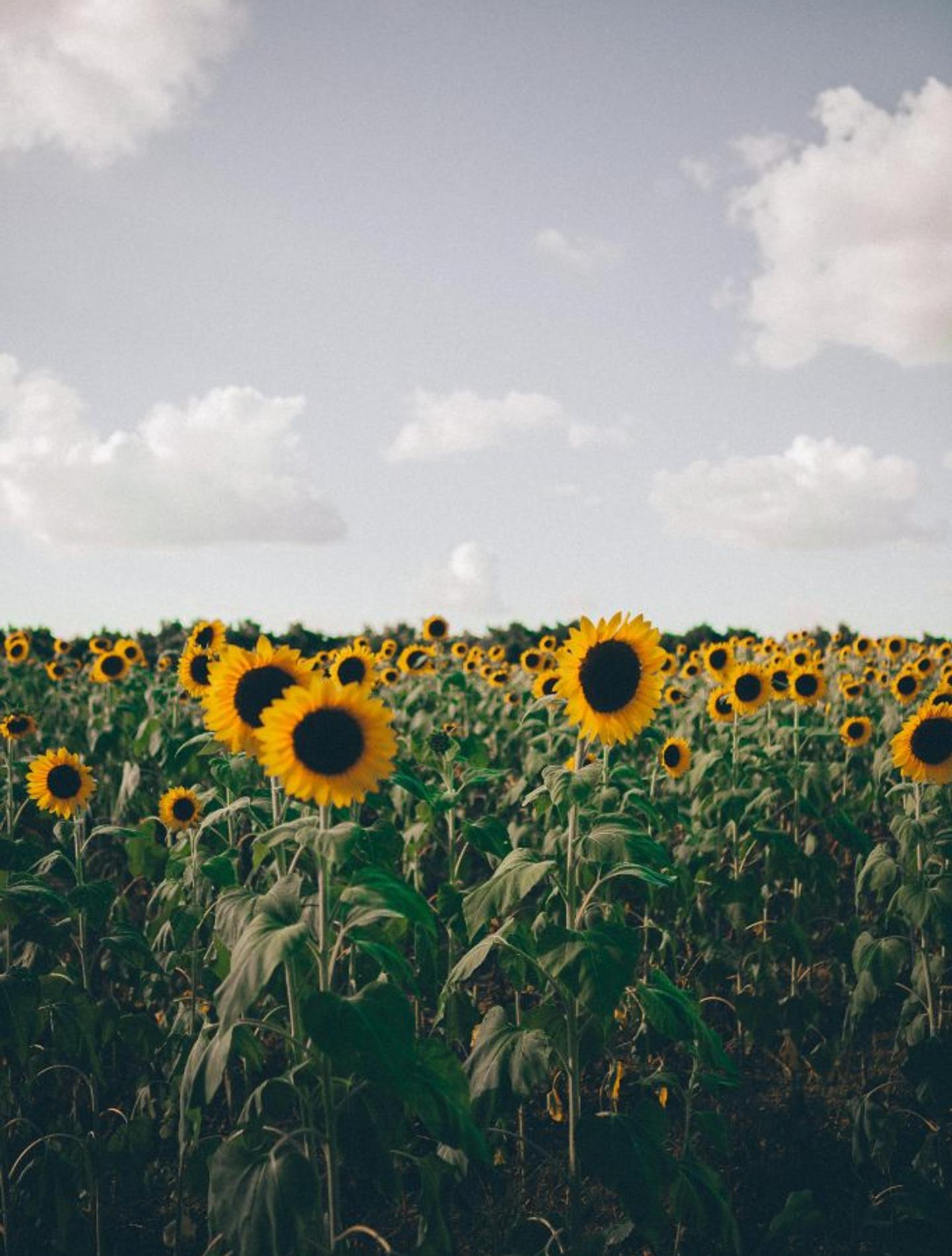
How to Grow Sunflowers
Helianthus has about 70 different species, both annual and perennial, although the one most of us think of is Helianthus annuus. All of the varieties are native to North and South America, where indigenous people have cultivated many for hundreds of years.
It’s a common misconception that sunflowers turn their heads to follow the sun, a phenomenon known to botanists as heliotropism. (Heliotropism is where the flower’s French name, tournesol, and Italian name, girasol, come from.) That’s what we had always thought, and it is partially true. When they’re growing, young sunflowers do turn from east to west as the sun crosses the sky, but once the plant has matured, its bloom permanently faces east.
Most sunflowers grow to 5–6 feet tall and can have blooms as big as a foot in diameter. The flower heads look a bit like daisies and can come in orange, red, and even brown hues along with the more common bright, butter-gold yellow.
You can plant your sunflowers as soon as there’s no risk of overnight frost. Choose any variety that appeals to you, shorter versions and exotic cultivars for a cutting garden, traditional Helianthus annuus for a pollinator garden, or to harvest the seeds.
They’re all easy to grow as long as you have a sunny plot that doesn’t get swampy. And sunflowers are hardy enough that you can sow seeds directly into the ground. Just poke a hole in the soil about 3 inches deep and drop a few seeds in. They do best when spaced about a foot and a half apart. In about a week you’ll start seeing seedlings. Just thin out the straggliest ones so the strongest ones can thrive.
So, growing them is easy. But here’s the tricky part: harvesting sunflowers for seeds. Wait too long, and all your work will be for the birds, literally. Harvest too early, and they’ll be bland when you roast them.
Keep a close eye on your sunflowers as summer starts to wind down, and when you see the petals begin to dry up, it’s time to harvest. You can let the seeds ripen on the stem or cut off the heads and dry them indoors, protected by a paper bag. [8]
Are you convinced to give them a try next spring? As those urban guerilla gardeners can tell you, all you need is a sunny little patch of dirt to bring a massive dose of summer color to your neighborhood.
DID YOU KNOW - Sunflower Fun Fact
Did you know that May 1 is International Sunflower Guerrilla Gardening Day? Urban gardeners in Brussels started the tradition in 2007 to beautify neglected spaces in their cities by sowing sunflower seeds. [9] By the end of the summer, that abandoned lot could be glowing with golden blooms!

How to Care for Sunflowers
Caring for sunflowers isn’t tricky. Keep them hydrated, keep them away from direct sunlight, and avoid temperature extremes, and they should look great for at least a week.
When you get your bouquet home, remove any leaves on the lower part of the stem and cut about an inch or two off the bottom of the stems using a sharp knife. Make an angled cut and do it underwater if you can. Doing so exposes more of the stem’s vascular system but prevents air from getting in there and blocking the flower’s ability to “drink up” the water in your vase.
After that, it’s just a matter of keeping them away from bright sunlight or drafty areas that will dry out the bloom and make it wilt faster. Re-cutting the stems every other day can help your sunflowers stay hydrated and prolong your bouquet-life.
If you’re cutting sunflowers from your own garden, it helps to water them first and make sure you’re cutting them in the morning before the sun is too high. Put the stems into a bucket of lukewarm water right away and then store them somewhere cool and shady for a couple of hours before arranging them.
When to Send Sunflowers as a Gift
With their connection to loyalty, constancy, and devotion, sunflowers are a perfect floral gift for someone who always has your back. Has your partner taken on more than their fair share of chores while you’re focused on a work project? Show your appreciation with a sunflower bouquet. Need to thank employees for their dedication to that project despite setbacks? Yup, sunflowers. Sunflowers’ association with devotion to God makes them a touching gift for someone whose faith inspires you. Or how about sunflowers in an abundant fall bouquet as a back-to-school boost for a teacher or student? With their vivid yellow-orange colors and OMG size, sunflowers pack a lot of bang for your bouquet-buck while still offering a down-to-earth sentiment anyone can appreciate.
Sunflower Bouquets
References:
Flower Meanings — keep discovering
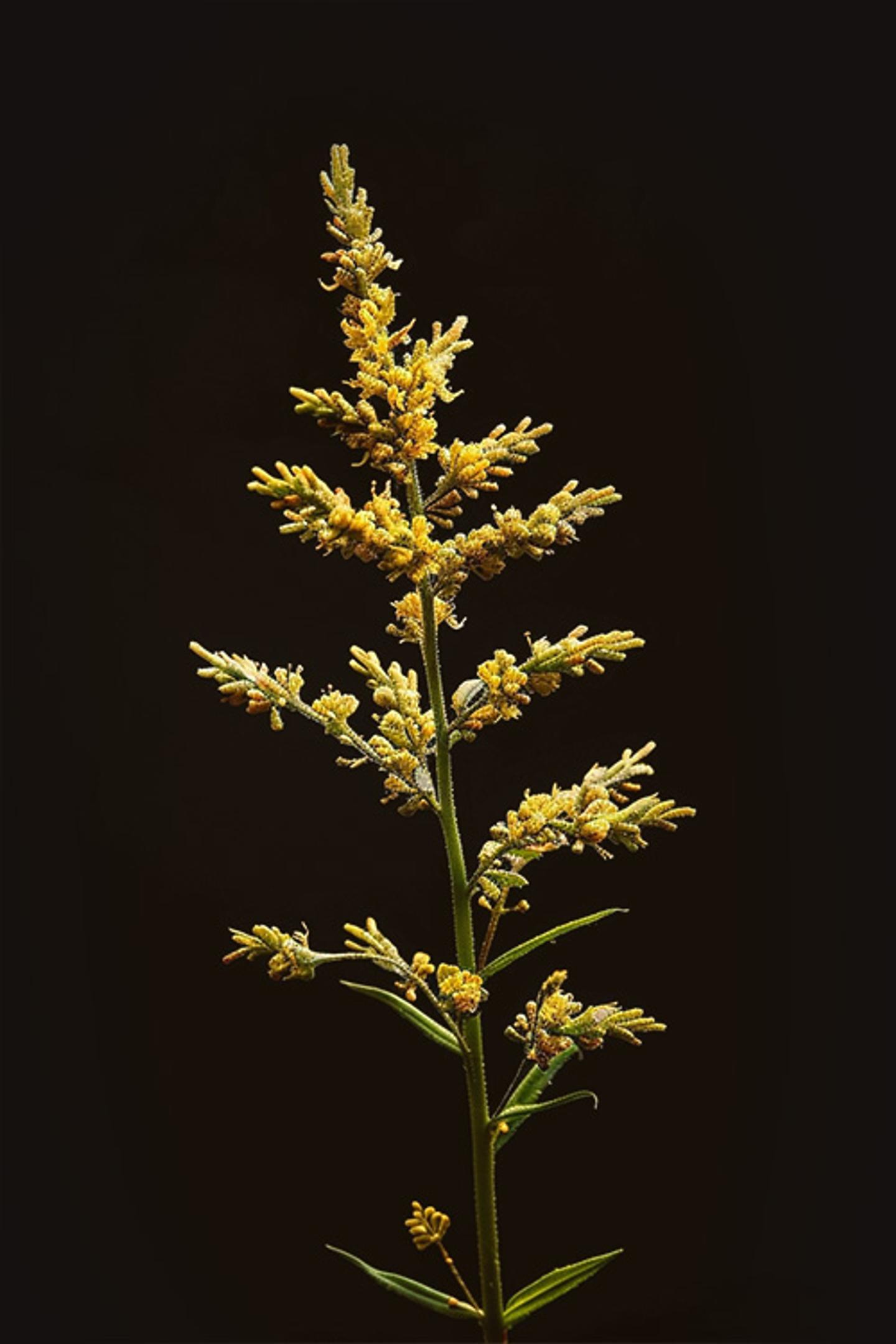
Solidago
A popular filler flower in floral arrangements, solidago is so much more than just a green. Otherwise known as Goldenrod, solidago is a genus of about 100 to 120 species of flowering plants in the aster family, Asteraceae. (Plus, it’s offered all year round).
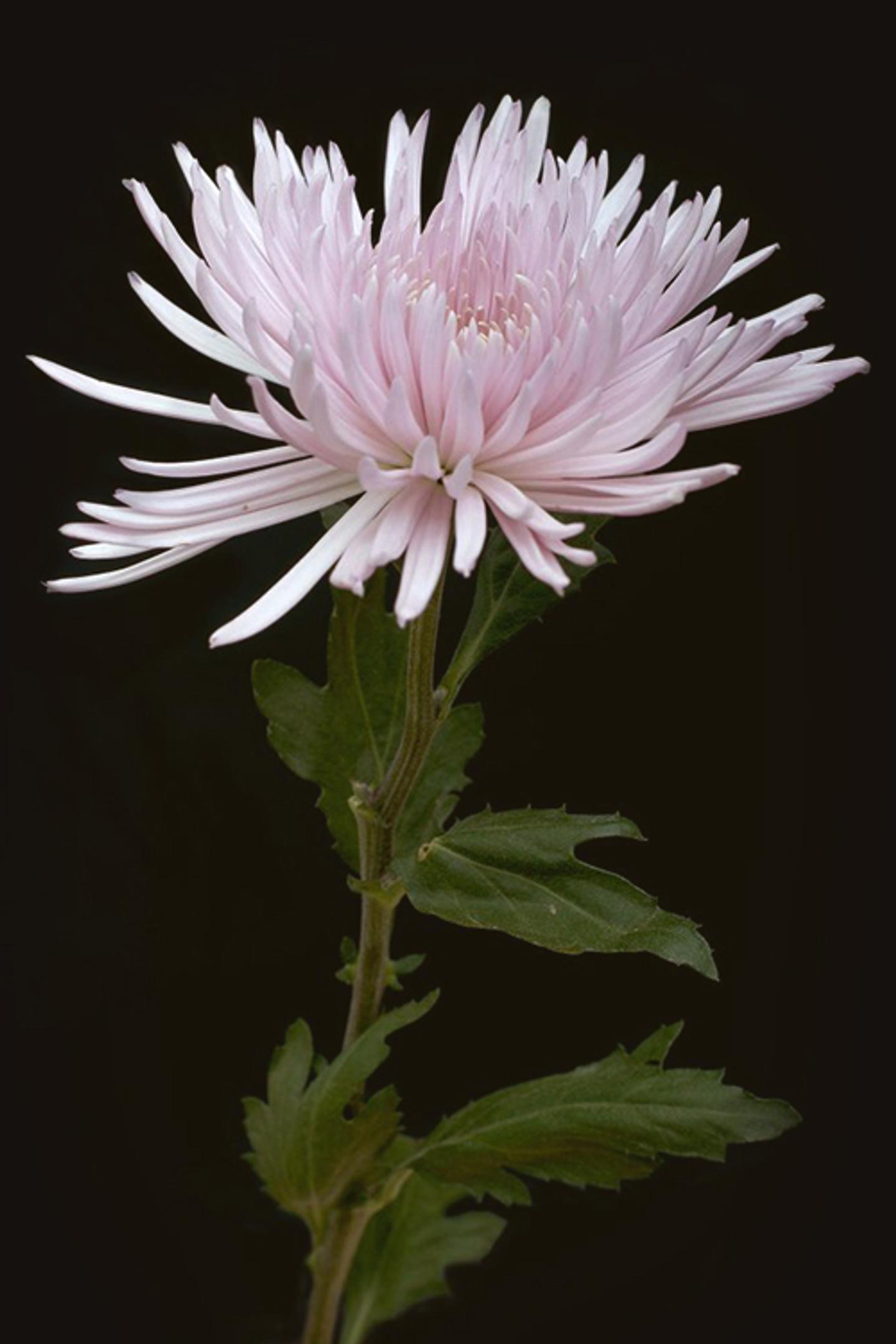
Spider Mum
A funky member of the chrysanthemum family, spider mums are known for their unique, spider-looking petals!

Statice
A part of the Limonium family, you’ll often see statice used in fresh and dried flower arrangements due to its beautiful shades and unique shape. Plus, there are over 120 different species of statice!

Stock
Stock is not just your average beautiful bloom! They’re also known as one of the easiest plants to grow. Stock are festively fragrant, come in a variety of colors, and are named…stock…huh? Don’t worry we’ll get into how these stunning blooms got their name in just a bit…

Solidago
A popular filler flower in floral arrangements, solidago is so much more than just a green. Otherwise known as Goldenrod, solidago is a genus of about 100 to 120 species of flowering plants in the aster family, Asteraceae. (Plus, it’s offered all year round).

Spider Mum
A funky member of the chrysanthemum family, spider mums are known for their unique, spider-looking petals!

Statice
A part of the Limonium family, you’ll often see statice used in fresh and dried flower arrangements due to its beautiful shades and unique shape. Plus, there are over 120 different species of statice!

Stock
Stock is not just your average beautiful bloom! They’re also known as one of the easiest plants to grow. Stock are festively fragrant, come in a variety of colors, and are named…stock…huh? Don’t worry we’ll get into how these stunning blooms got their name in just a bit…
Ready to send beautiful flowers?
Our guided experience helps you send a one-of-a-kind arrangement perfect for every occasion.
Send Flowers